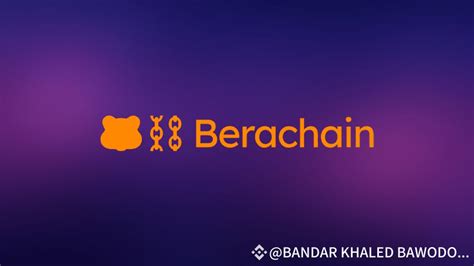Fee, DeFi, Honeypot
Here is an article based on your request:
“Krypto Honey Distries: Understanding Pay and Defi Landscape”

The cryptocurrency world has exploded in recent years, and millions of people around the world invest their earned money in these digital currencies. However, navigating Krypton’s complex landscape can be scary, especially for new investors. One important aspect to consider is Blockchain’s transaction -related payment – a critical component that affects not only personal transaction costs, but also for a broader defi (decentralized funding) ecosystem.
Payment factor
The cryptocurrency fees are designed to encourage miners and validators to secure the network by dealing with events. These rewards are typically a percentage of the transaction, and higher charges lead to slower event times and lower block speed. For example, the Ethereum Blockchain transaction fee may vary from 0.0005 to ETH (equals $ 0.006) for $ 1.25 (equivalent to $ 1.50) depending on the user’s address and the special event.
However, not all payments are equally equitable.
Honeypot fees which we define below are referred to as a subset of these fees that are subject to suspicious or abnormal activity. These honey boot charges allow organizations to catch up with any safety threats in real time, thus minimizing users’ financial effects.
Defi: Things
The defi ecosystem is built on Blockchain technology, which provides a platform for peer-to-peer lending, borrowing and other financial services without the need for traditional brokers. DEFI projects utilize intelligent agreements to automate different aspects of activities such as brand management, liquidity and safety measures.
Def’s success has attracted significant investments from cryptocurrency enthusiasts, venture capitalists and institutions. As a result, many DEFI projects now use
Krypto-Crypto fees
(also known as “Maker Taker” fees) to generate income. These charges vary according to the project network congestion, demand for liquidity and other markets.
However, not all Defi projects will charge these charges, which, on the other hand, decide to maintain a transparent and free transaction model that rewards users with new tokens or stablecin. In this context, the
Defi payment models can be considered either “free money” for users or income -generating tools designed to optimize the profitability of the project.
conclusion
In summary, both encryption and Defi’s payment structure is critical to understand their ecosystems. Although honey pots are an important part of security-centered projects, the use of Defi’s encryption technology fees has sparked discussions about free money compared to generating income. As the cryptocurrency landscape continues to develop, it is imperative that users, developers and institutions remain up -to -date from these complex aspects of Blockchain technology.
I hope this article meets your claim!
